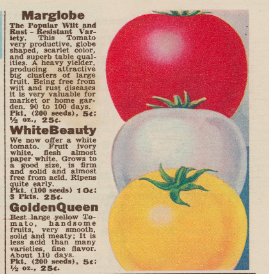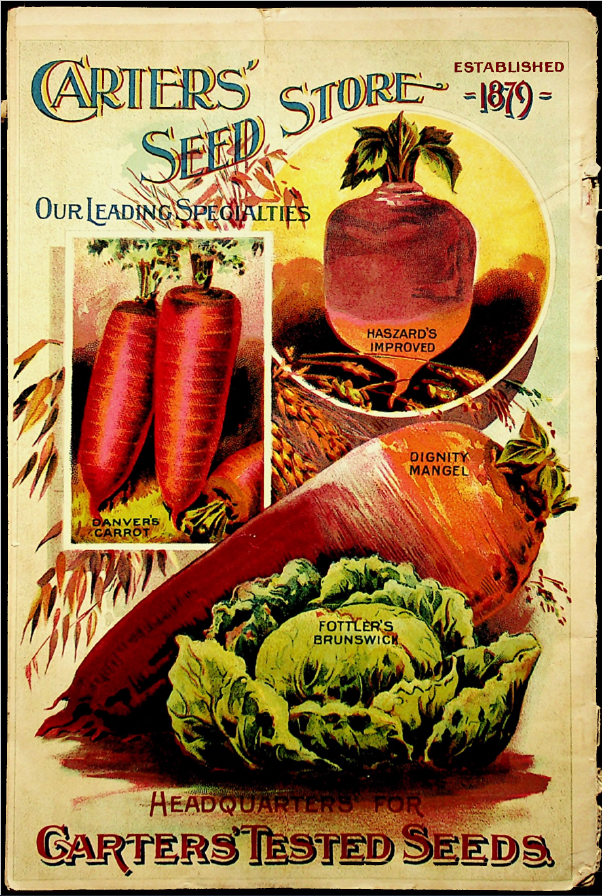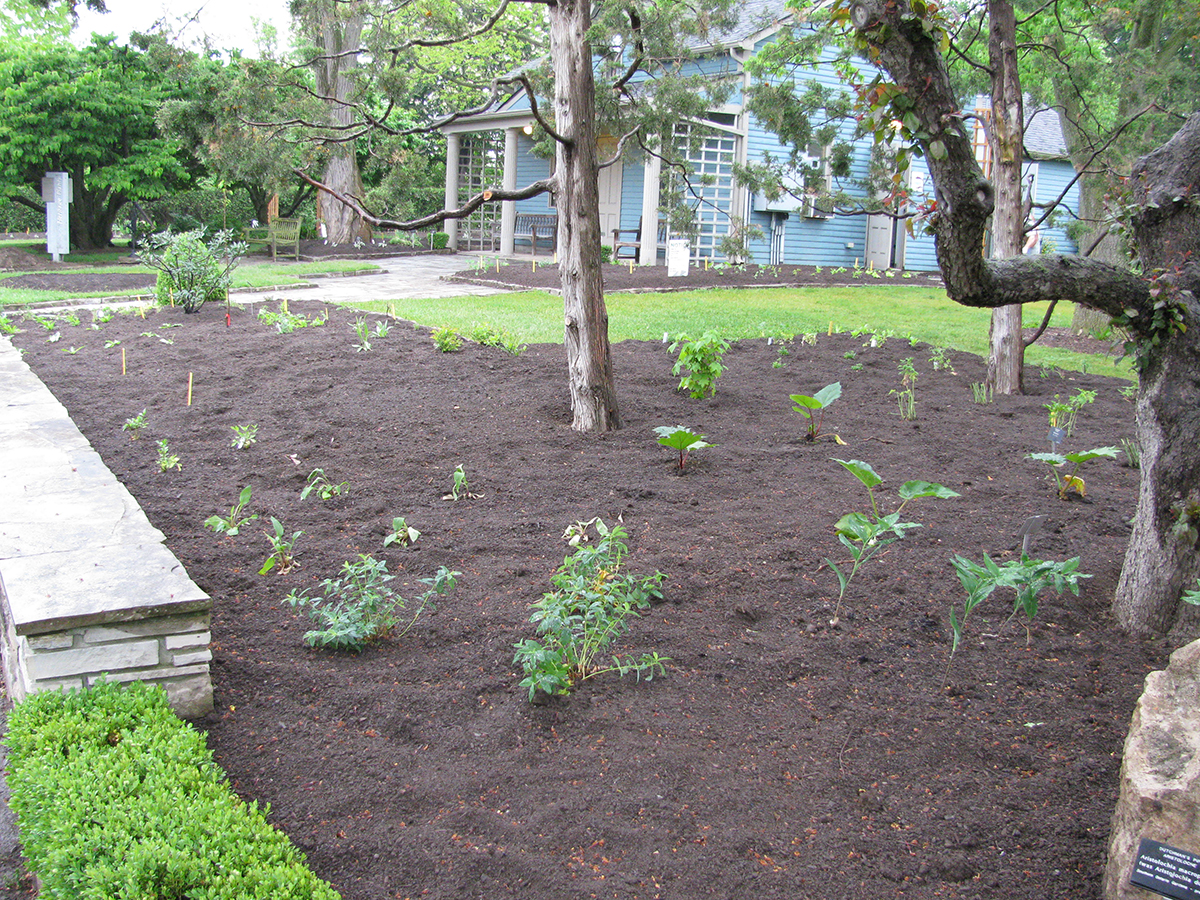| Membership | Price (+HST) |
|---|---|
| Single | $85/year |
| Single Plus | $120/year |
| Family | $130/year |
| Family Plus | $175/year |
| Contributing | $300/year |
| Supporting | $600/year |
| Sustaining | $1,000/year |
| Benefactor's Circle | $2,500/year |
| Director's Circle | $5,000/year |
| President's Circle | $10,000/year |
Heirloom vs. Hybrid
By Danielle Barrett, Education Resource Interpreter, Royal Botanical Gardens
What is an heirloom vegetable? Heirloom plants including vegetables are old cultivars that were usually passed down from generation to generation. There is no specific date for how old a cultivar must be to be considered an heirloom plant. Some people believe an heirloom must be over 100 years old, while others consider 1951 to be the cut off as that year marked the widespread use of hybrids by seed companies.
Heirloom plants are open pollinated and rely on pollinators and natural means of pollination. Plants that are open pollinated are more genetically diverse and can adapt to local growing conditions.

Hybridized plants are cross pollinated by humans. Plants that have desired qualities are selected for hybridization. The disadvantage of hybridized plants is that they are genetically unstable and therefore will typically not produce a seed line. Hybridized cultivars of produce were developed for large scale production and provided farmers with seeds that were easier to germinate. Hybrids are often bred for their size, uniformity, colour, and disease resistance rather than taste.
Gardening practices changed in the 20th century with agriculture becoming more industrialized resulting in a loss of genetic diversity. When browsing through old seed catalogues from the 19th century, there were a wide variety of cultivars available for growing. For over 150 years, Hamilton was a prime location for seed merchants. Proximity to ship and railway transportation and the fertile soils of the Niagara Peninsula brought several companies to town. The Centre for Canadian Historical Horticultural Studies at Royal Botanical Gardens has a collection of over 30,000 historical Canadian seed and nursery catalogues.

Royal Botanical Gardens values the history of heirloom plants and many cultivars are found growing in our gardens. Laking Garden features the Barbara Laking Memorial Heritage Garden which includes plants of luxury and plants of necessity from the late 1800’s to early 1900’s. Dragon Tongue Beans, Paris Market Carrots, and Principe Borghese Tomatoes are a few of the varieties in our heritage vegetable patch this year.

Within the local community, Dundurn National Historic Site has a wonderful collection of heirloom cultivars growing in their kitchen garden referenced from local 1800s John. A. Bruce & Co Seed Catalogues. Victoria Bick, Historic Kitchen Garden Supervisor, notes they recently acquired the Prince Albert potato produced by the Canadian Potato Genetic Research lab which was listed as cultivar in the 1862 catalogue. Their collection also includes Early Green Cluster cucumber, New Zealand spinach, and Early White Scallop summer squash which are other example of heirloom cultivars mentioned in the catalogue. Along the edge of the kitchen garden you will find an array of beautiful heirloom roses.

Fortunately, there has been renewed interest in growing heirloom varieties amongst farmers and gardeners. Numerous people realize the importance with preserving and saving seeds from heirloom cultivars. Many grocery chains and farmers markets are featuring and selling heirloom produce.
There are many benefits and advantages to growing heirloom cultivars. They have a better taste and come in a range of unique colours and shapes. Heirlooms often have higher nutritional value and are more economical since you can save their seeds for future plantings. Heirloom cultivars tolerate fluctuations in weather conditions and pests. Growing a diversity of seeds is as valuable today as in the past. Science recognizes the importance of biodiversity to conserve healthy ecosystems and food systems.
More from the RBG Blog
Check out RBG’s blog for announcements, articles, and more from Canada’s largest botanical garden.
Want to be sure you hear first? Sign up for our weekly e-newsletter to hear about upcoming events, weekend activities, articles, and more!












